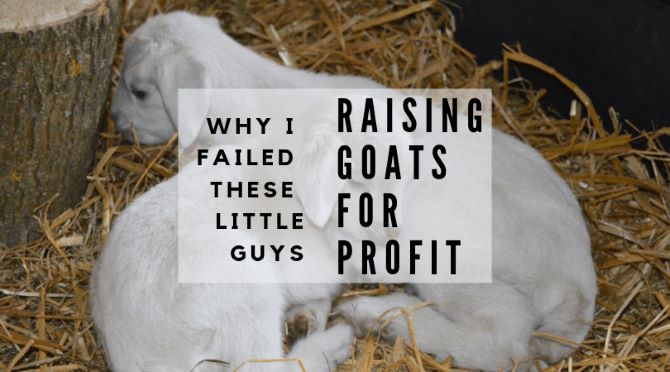
Raising meat and dairy-why I failed, is saddening. Many years ago, I failed at raising different goat breeds for meat and dairy. My lack of education was my biggest hindrance. I thought I always knew a lot about all aspects of homesteading, farming, animals, etc. Until I ventured into raising different goat breeds for a living for meat and dairy products. Raising one or two goats was pretty easy. Throw in 150, that’s a whole new game-changer.
At the time, living in Florida, we were true homesteaders. Barely on the grid. Not having cable or even the internet. We had one phone that could make calls and that’s about it. We lacked the luxury of the internet, social media or even close neighbors who could help.
Table of Contents or Collapse to Hide
Different breeds of goats
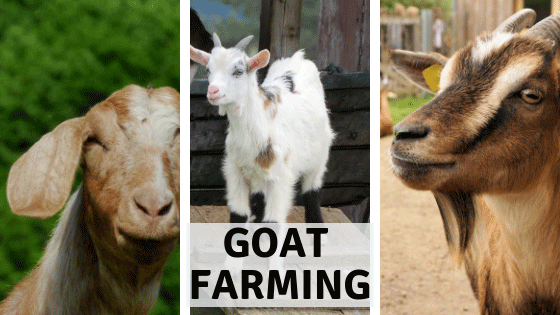
Different breeds of goats require different measures. For instance, we started out with 2 Pygmy Goats which are boisterous and full of energy. The Pygmy’s were very sweet and loved to follow you around like a dog. They had so much energy for little goats. We didn’t need to fence them in, they stayed right near the house and never ventured off. We had a little barn we put them in at night so the coyotes and bobcats wouldn’t get them, other than that they roamed where they liked.
Milking Goats
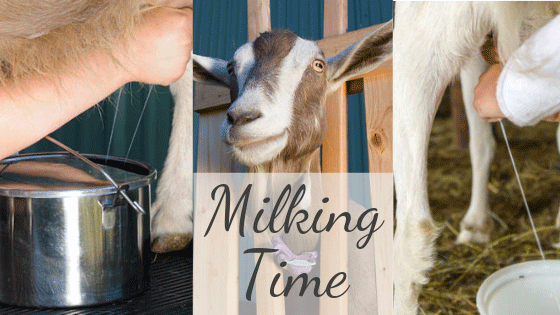
Having the little Pygmy’s were great but we decided we wanted to get some milking goats since most of us are lactose tolerate. But, mostly, I wanted the milk since I was buying goat milk every week to make my handmade soaps. It cost almost $7.00 a gallon back then. For us, that was very expensive at that time in our lives. Almost all my customers requested goat milk soaps and I was happy to oblige. Owning milking goats is so different than owning a few Pygmy goats. Everything from feed, medications and caring for them.
Buying milking goats
We purchased a Nubian who had a collapsed udder and was told it would “pop back out” and give milk. It never did. Next came a La Mancha, Saanen, and a Toggenburg. Learning how to milk, house and feed them didn’t seem that hard. But, what lessons we learned the hard way. One added treat I did not know I would receive, was when my La Mancha gave me daily back rubs with her nub-less horns. Not only did Sara give awesome backrubs, but she also gave good milk every day and her milk was high in butterfat.
Homeschooling with goats
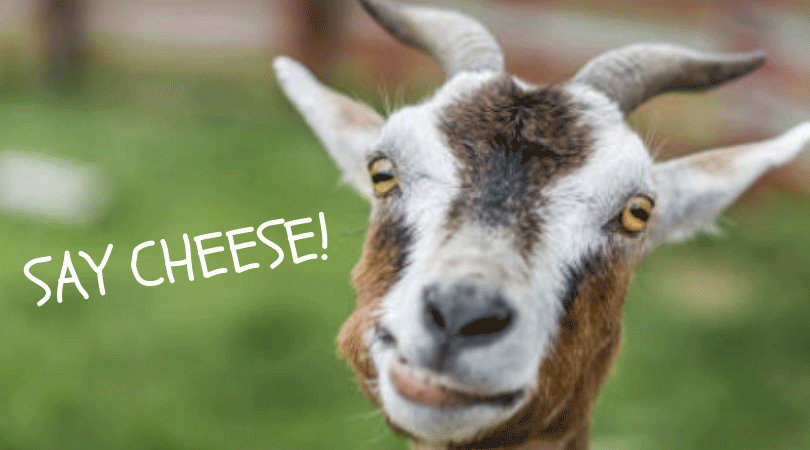
Goat milk cheese was so easy to make. We tried every variety we could make. One of our favorites was the chevron. Making cheese was also part of my son’s school curriculum. He was sponsored through the local church and they required him complete lifestyle skills. Homeschooling laws were quite different almost 18 years ago than today. He never had to worry about that, he milked the goats, made soaps and cheeses along with all the other farm chores.
Check out New England Cheese Making Supplies for recipes and supplies. We actually visited them before we left New York on a trip we used for school credit for the children when they were homeschooled.
Pasteurize or not to pasteurize goat milk
At the beginning of owning milk goats, we were on the fence about pasteurizing our goat milk. Since I didn’t want to risk ever getting bacteria or anything else, I opted to pasteurize my milk. I always pasteurized my milk for soap making since I was selling them to the public and did not want to take any chances. Many of my customers actually made it mandatory for the milk to be pasteurized. It was easier just to always pasteurize all the milk for any use or consumption than trying to track what was pasteurized or not.
How to pasteurize goat milk
Start with stainless steel, sterilized pan. Add the goat milk to the pan. Heat the goat milk to 165 degrees for 15 seconds. When we made cheese, we chose to heat the goat milk to 145 degrees for 30 minutes. This allowed some of the beneficial bacteria and enzymes to aid in enhancing the goat milk cheeses flavor. Cool the milk rapidly to ward off any off-taste which can happen the longer the milk takes to cool. Fill a porcelain pan or stainless steel pot with cold water, preferably ice water to cool down the milk instantly once it reached its temperature.
Goat milk soaps
Since goat milk soap was a good portion of our income, I wanted to ensure I used the best ingredients. This included our goat milk. At the time, I was not using much tallow since I did not have access to a lot of it. I used mostly coconut oil and of course, shea, and cocoa butter. My biggest seller in the south was my Citronella soap. So many customers stated if warded off the mosquitos. I can not attest to that but some swore by it. The second most popular soap was my Pine Tar soaps used for many skin issues. I first started making this because my son developed psoriasis and has helped him immensely, even to this day.
Boer Meat Goats
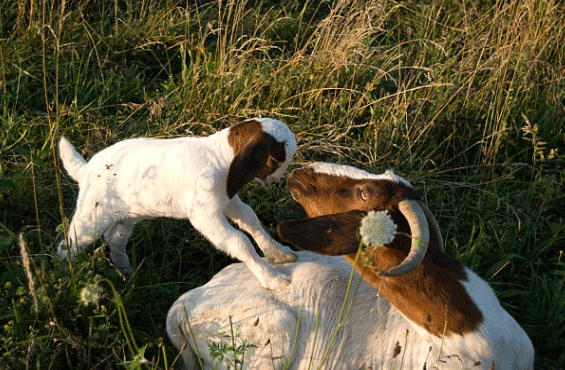
Moving on to the bread and butter of our lively hood, so to speak, were our meat goats. The brunt of our goat herd was meat goats. We had a few Spanish goats but most all were Boer goats. We lived near a major chicken processing plant and a vast majority were of the workers were immigrants from Cuba. They bought all the meat goats when they were ready for the market and even tagged some for when they were ready to go. But, before selling the meat goats we had to ensure they were not wormed that month and were in the best of health. I can not say I ever tried goat meat, not to mention, one of the ones I raised from a baby. There’s something about that, I don’t think I could ever get past that.
Worming goats
Every month we rounded all 150 goats, and we either gave them their worm medication by needle injection one month in the neck or via the mouth the other month. This task took most of the day each month. We also cleaned and trimmed their hoofs while we were medicating them. We were advised by the local grain co-op to rotate the worm medication with injection and a different kind orally every other month. The reason for the rotation, we were told, so the goats wouldn’t build up a tolerance for one kind. During the first few days of worming, the milk and meat should not be consumed by humans or for soaps. Medicated feed was also given in small proportions.
Selenium Deficiency in goats
Living in Florida presented an enormous problem of lack of Selenium. Thinking back to what I know now, how sad I was and uneducated when I had my goats. We lost quite a few and I know now, some were due to lack of Selenium shots when they were born. I should have started Selenium in the mothers before they kidded. Does my heartbreak when I think back how they died and could it have been prevented? Yes, it most certainly does! Another name for Selenium Deficiency in baby goats is “white muscle disease”. This means, their legs are too weak and cannot support their own body weight. I know we had a few of those issues. Click here to look at all the USGS Mineral Resources map-how does your state fair?
Herd Buying Mishaps
Purchasing healthy goats were daunting. We had no idea what we were doing or what to look for. We bought all kinds of goats from the newspaper, I know now we shouldn’t have. Either the people selling the goats were deceitful or uneducated like us, for we got some bad stock.
Pink eye in goats
One major catastrophe we encountered was buying a hag with a pink eye. I thought she’d be good for breeding since she was pregnant already. She had a pink eye and I did not know what goat pink eye or how contagious it was until after the fact. This could have been prevented by not introducing a new goat with the already established heard. We learned a very valuable lesson from that. At that time we were just starting out and we did not have segregated pens. After that widespread infection, we ensured we made all new goats be separated for a week from the herd when they first arrive.
Breeding Goats
It was a task to ensure that the animals were not back-bred. Ensuring a male goat was not bred with his own blood-line. Since all the meat goats were housed on 10 acres, we had to separate the male goats in a separate field. Eventually, we opted for a $2000 male Boer to breed all the females. This saved segregating them out. Fortunately, we did not have the goats long enough that we had to worry about that male inbreeding with the one male. We also had to tag and keep track when they should kid and when they were breed.
Homesteading Alone
I was devasted when the meat plant Ray was working at moved to NC. The area in Florida which we lived, was a very small community and a decent paying job was hard to find. The plant where Ray worked held a job fair and recruiters came from Florida and Georgia. It was there Ray was offered a job in Atlanta. For several months he stayed in Atlanta and came home on weekends. We could not afford to buy in Atlanta and I certainly did not like the area where he was working. My son and I could not run the homestead by ourselves. I hated Florida and now resented it, even more, being alone.
Starting life in the city
Homesteading was hard for me, more emotionally than physically. Mostly, I was tired of animals dying, getting sick and how we could not afford to properly take care of them. I thought living in the city was going to be the answer to getting over that feeling. I fit right in, I attended college for Criminal Justice and later another 2-year degree in Business. Ray, however, coped but I could tell he missed the country. We toughed it out for almost 8 years then we discussed maybe moving back to the country and not homestead all the way. I felt so grateful when we set out on our new journey and found where we are today. It wasn’t easy but we are here.
If you want to see what I have learned since having my goats, read Simple Basics for Raising Meat and Dairy Goats. Hopefully, it may help you in deciding if you are ready to have goats on your homestead.
Follow along Log Cabin Farmhouse Introduction to follow from the beginning of this new journey we have been on for the last 8 years.
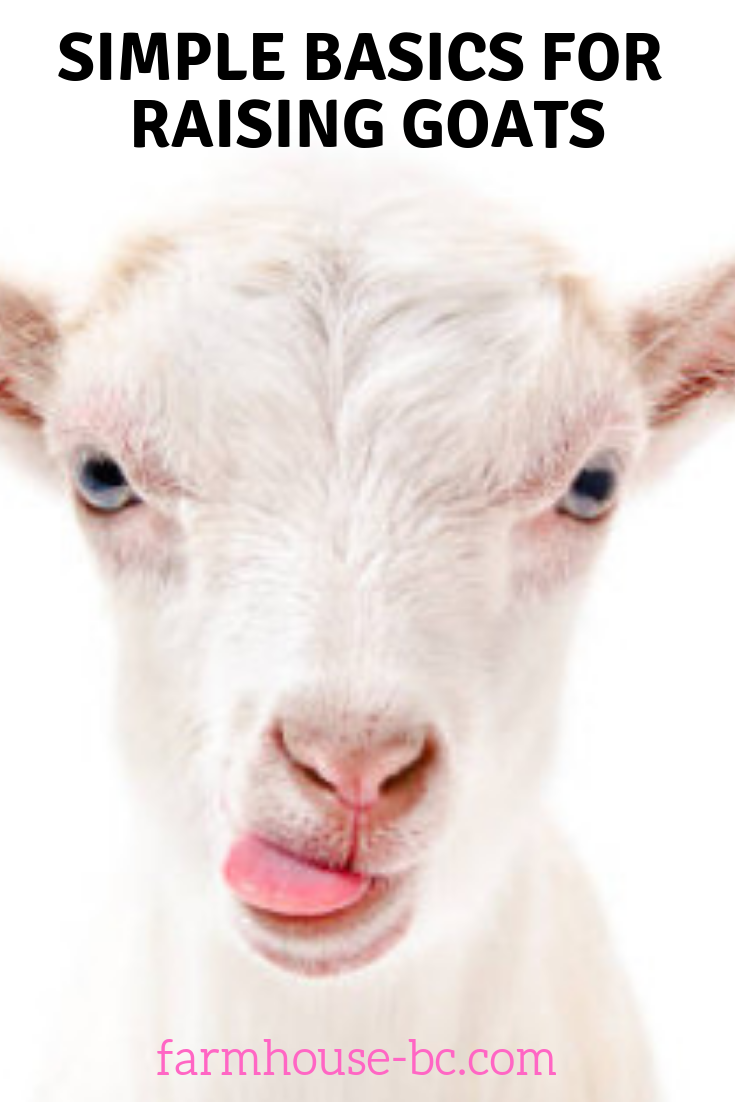
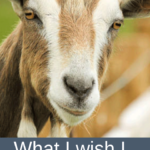
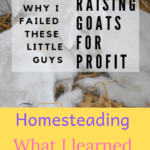
You have brought up a very good points, regards for the post.
Some truly superb info , Sword lily I detected this. “What we say is important for in most cases the mouth speaks what the heart is full of.” by Jim Beggs.
Pingback: Simple Basics for Raising Meat and Dairy Goats - Farmhouse Basic Collection.
Pingback: The quickest way to render tallow in a few easy steps - Farmhouse Basic Collection.
Pingback: Problems and making money from homesteading - Farmhouse Basic Collection.